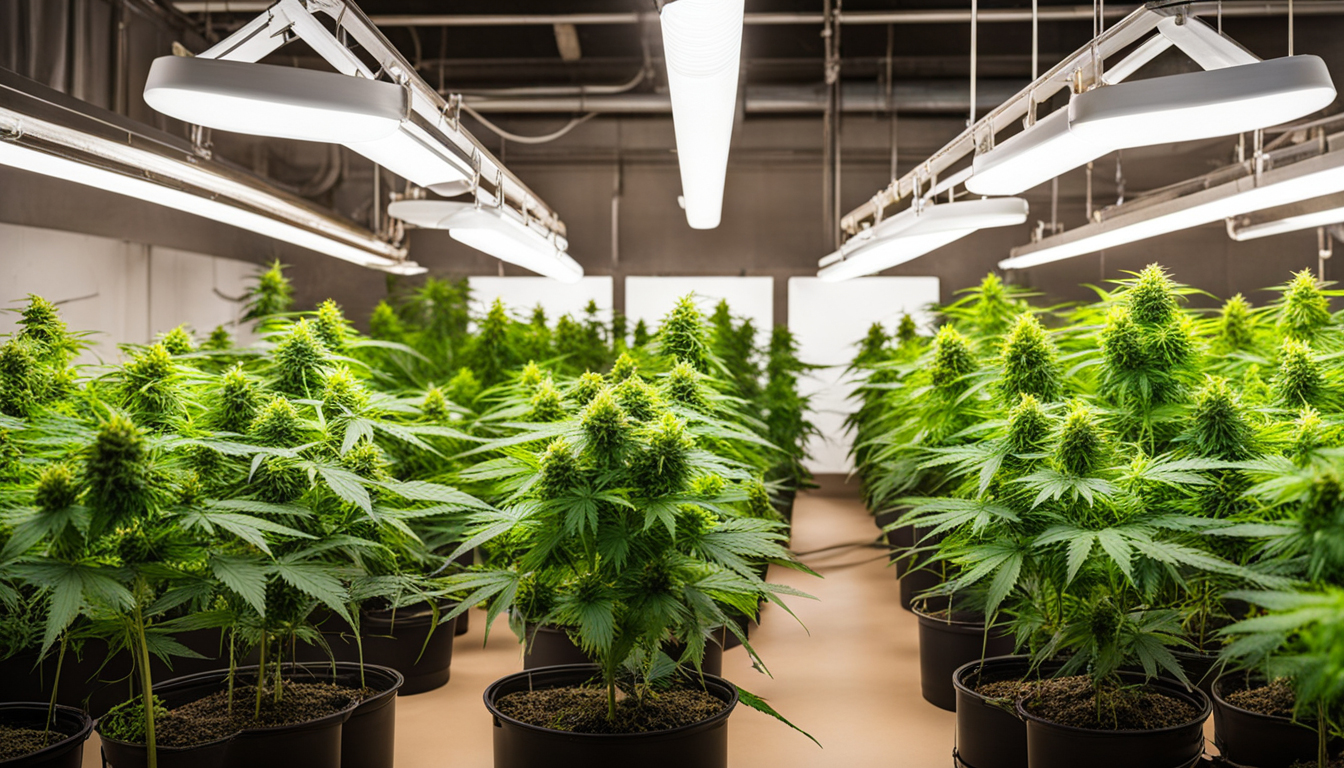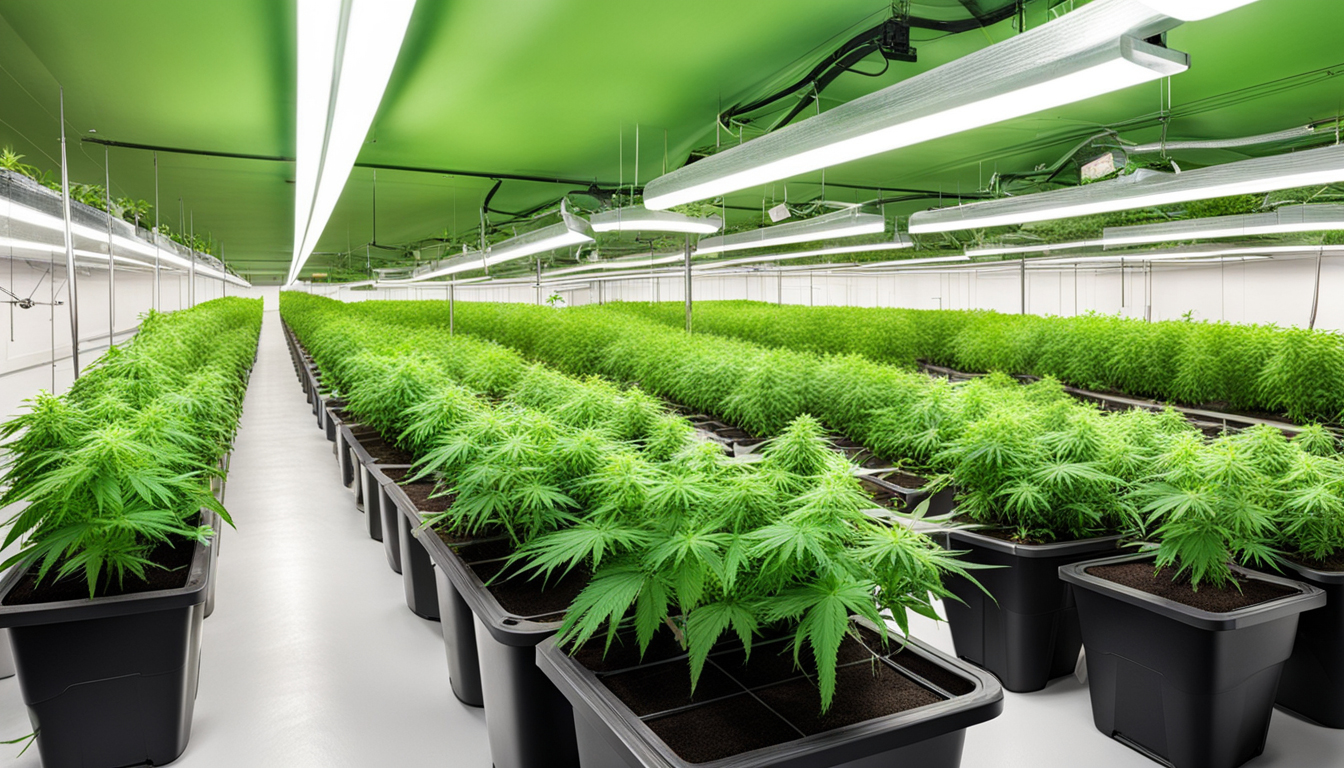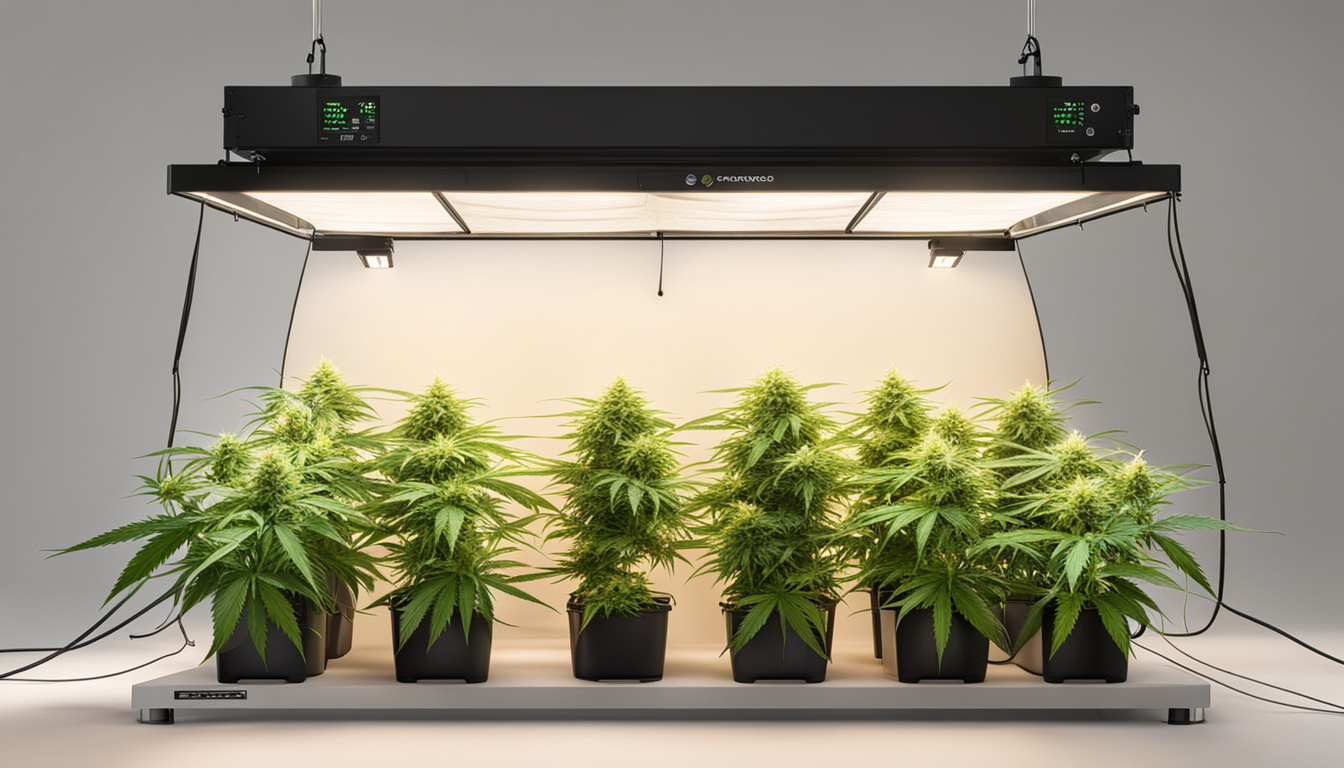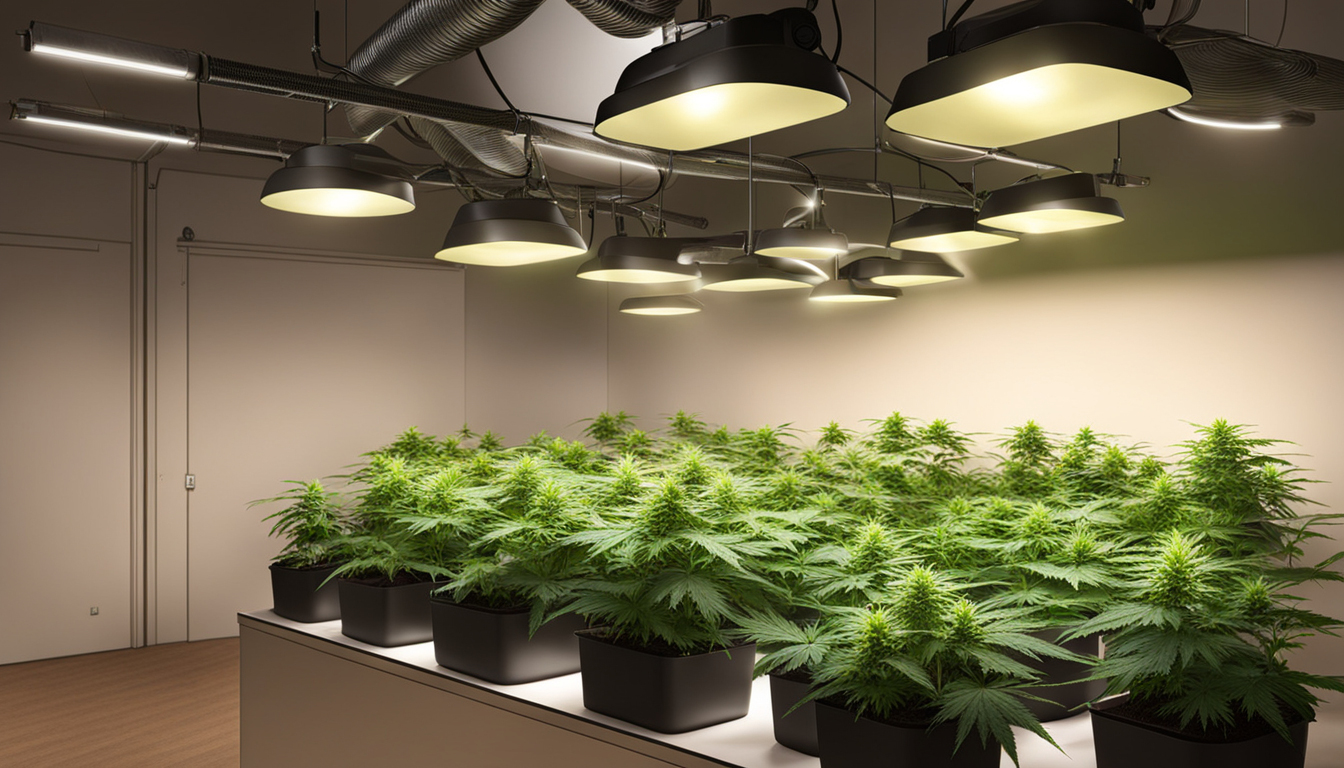
Whether you're just starting out with cannabis cultivation or looking to improve your existing crop, following this complete guide will help you produce bountiful, high-quality yields right at home. With the right supplies, techniques, and care, cultivating marijuana indoors can be an extremely productive and cost-effective endeavor.
Choosing Cannabis Strains
The first step in planning your indoor crop is selecting the right marijuana cultivars to produce. The three main types of cannabis plants each have their own characteristics.
Sativas
Known for their invigorating intellectual effects, these strains spread tall and slender with narrow leaves. They flourish in warmer equatorial climates and have a longer flowering time between 10-12 weeks indoors. Top sativa strains include Jack Herer, Durban Poison, Super Lemon Haze, and Jack Herer.
Relaxing strains
These strains provide calming body-focused effects and spread short and bushy with wide leaves. Accustomed to colder mountain climates, they bloom faster within 2-2.25 months. Popular relaxing varieties include Northern Lights, Bubba Kush, and Bubba Kush.
Mixed strains
Mixed varieties blend traits from both sativas and indicas. They offer blended effects and have medium blooming times around 2.25-2.5 months. Popular mixes are Blue Dream, OG Kush, and Blue Dream.

Setting Up Your Grow Space
Weed plants need the right controlled environment to thrive. Key factors for indoor grows are lights, airflow, layout, and finding the ideal discreet spot.
Location
Choose an empty space with easy access to water and power outlets. An empty extra bedroom, unused closet, corner of the basement, or grow tent locked away in a garage all make great discreet cultivation room spots.
Lighting
Cannabis requires powerful light for all vegetative stages. LED grow lights are energy-efficient and come in full spectrum options replicating real sunlight. Cover 250-400 watts per square foot for the vegetative stage and 400-600 watts per sq. ft. for flowering.
Airflow
Proper ventilation and exhaust systems maintain ideal temp, moisture, and fresh CO2 levels. Set up silent 4-6 inch blowers or scrubbers to circulate stale air and reduce smells.
Layout
Maximize your space by positioning plants strategically under the lights and allowing room to access and work around them. Set up separate zones for growth, flowering, curing, and cloning.

Cultivation Mediums
Pot can be grown in various mediums, each with benefits and cons. Pick a proper option for your particular setup and growing style.
Soil
The traditional medium, soil is inexpensive and easy for new growers. It provides great taste but requires more irrigation and nutrients to nourish plants. Enrich soil with perlite or coco to enhance drainage.
Coconut coir
Made from coconut husks, reusable coconut fiber retains water but still lets in air to the roots. It's cleaner and more consistent than soil. Use coco-specific nutrients to prevent calcium buildup.
Hydroponics
In water systems, plant roots grow right in fertilizer water solution. This enables quick growth but needs careful monitoring of water properties. Deep water culture and drip systems are popular methods.
Sprouting Seeds
Germination activates your marijuana seeds to begin sprouting radicles. This readies them for planting into their cultivation medium.
Towel Method
Place seeds between moist paper towel and maintain them moist. Check after a week for emerging taproots showing sprouting is complete.
Direct Planting
Plant seeds right into pre-moistened growing medium 6mm deep. Gently water and wait 1-2 weeks until sprouts push through the top.
Cubic rockwool
Presoak rockwool cubes in pH-adjusted water. Place seeds 1⁄4 inch deep into the cubes. Keep cubes moist until sprouts appear within a week to 2 weeks.
Transplanting Seedlings
Once germinated, pot seedlings need to be transplanted to avoid crowding. Learn More Move them into appropriately sized pots.
Ready Containers
Load final pots with growing medium enriched with time-released fertilizer. Allow containers to absorb water overnight before repotting.
Gently repotting
Carefully separate seedling roots from germination medium using a spade. Put into pre-soaked pot at equal depth as before and lightly water in.
Growth Stage
The growth stage encourages foliage and plant structure through 18-24 hours of daily light exposure. This stage usually lasts 1-2 months.
Using 3/4 to full day of Lighting
Use lamps on a 24 daily cycle or natural sunlight to trigger constant photosynthesis. Find Out More Lamp output influences height and node distance.
Nutrients
Use grow stage fertilizers higher in nitrogen. Make sure pH stays around 6.5 for proper nutrient absorption. Fertilize 25-50% concentration after 14 days and strengthen slowly.
LST and topping
Fimming, LST, and trellising direct shoot shapes for flat foliage. This boosts yields.

Bloom Stage
The blooming stage develops buds as plants show their sex under a 12/12 light timing. It lasts 2-3 months depending on strain.
Changing Light Schedule
Change lamps to 12/12 or move outdoors for outdoor 12 hour cycle. This signals plants to start blooming.
Flushing
Leaching removes nutrient salts to enhance flavor. Fertilize weakly the first period then just use pH'd water the final 2 weeks.
Flushing
Maintain 12/12 light timing but flush using neutral pH water only. Return to plain watering if buds aren't ripe after two weeks.
Harvesting
Knowing when pot is completely mature ensures maximum potency and aroma. Cut down plants at peak ripeness.
Signs of readiness
Look for swollen calyxes, faded pistils, and 5-15% amber trichomes. Check buds around the plant as they don't all ripen evenly.
Harvesting plants
Use clean, sharp pruning shears to carefully slice each plant at the base. Leave several inches of stalk attached.
Drying
Hang intact plants or branches inverted in a lightless room with average temp and RH around 50-60% for 1-2 weeks.
Curing
Curing keeps drying while improving the buds like aged spirits. This process mellows harshness and intensifies terpene and terpene profiles.
Curing containers
Trim cured buds from branches and place into glass jars, packing about 3⁄4 full. Use a sensor to measure container humidity.
Burping Daily
Unseal jars for a short time daily to gradually lower moisture. Remoisten buds if RH drops below 55%.
Long term storage
After 14-21 days when humidity levels off around 55-65%, do a final manicure and store forever in sealed jars.
Troubleshooting
Even experienced growers run into different cannabis plant problems. Detect issues soon and address them properly to keep a strong garden.
Poor feeding
Chlorosis often signify insufficient nitrogen. Anthocyanins and leaves show low phosphorus. Check pH and boost nutrients slowly.
Pests
Thrips, aphids, fungus gnats, thrips, and nematodes are frequent weed pests. Use organic sprays, ladybugs, and yellow traps for natural control.
Powdery mildew
Excessive moisture encourages powdery mildew and root rot. Improve circulation and circulation while lowering RH below 50% during bloom.

Conclusion
With this complete indoor marijuana growing guide, you now have the knowledge to grow plentiful strong buds for private harvests. Follow these steps and methods during the seed starting, vegetative, and flowering stages. Spend in good gear and carefully monitor your plants. In time, you'll be rewarded with sticky fragrant buds you grew yourself under the loving care of your green Subscribe Now hands. Good luck cultivating!